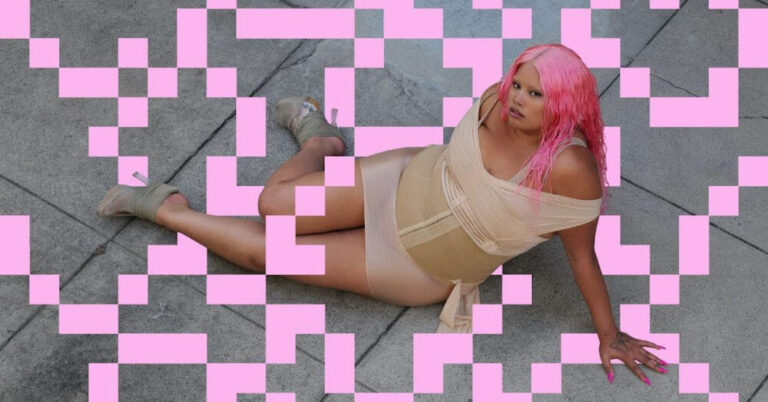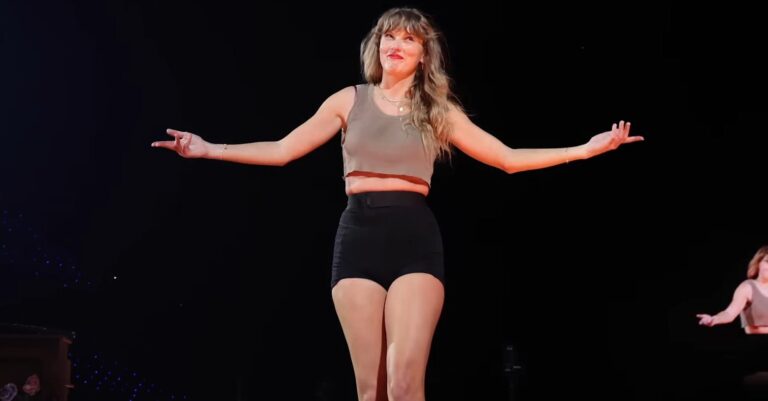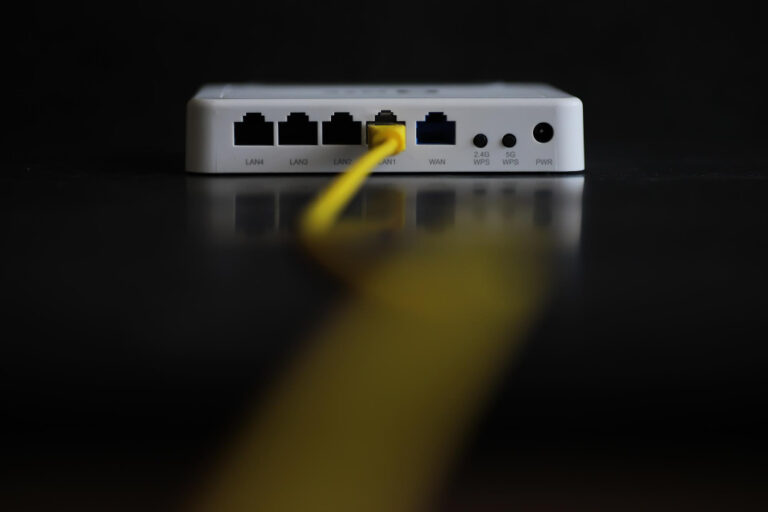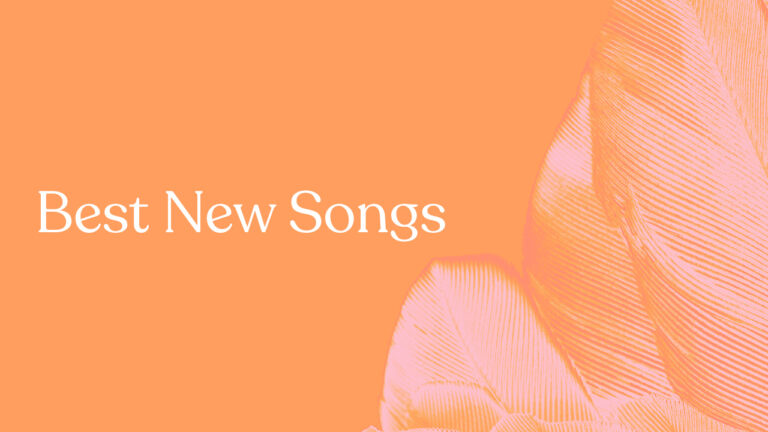Winter vacations often got overlooked due to their association with freezing weather, icy conditions, and the hassle of packing bulky clothing. However, winter travel can be one of the most magical experiences if approached with the right mindset and preparation. Whether it’s the cozy charm of a snow-covered village or the majestic beauty of the Alps, winter offers unique experiences worth exploring.
The key to enjoying a winter getaway is proper planning, efficient packing, and, most importantly, dressing warmly. With a little help from Temu, you can gear up without straining your budget. Temu offers an impressive selection of affordable and quality winter essentials to ensure your trip is as comfortable as it is memorable.
So, whether you’re jetting off to Switzerland or exploring snow-dusted trails closer to home, here’s how to plan and pack for a stress-free winter adventure.
How to Pack for a Winter Adventure
Layer Like a Pro
Packing for a winter trip means embracing the art of layering. This not only helps you adapt to fluctuating temperatures but also allows you to pack smarter. A well-thought-out layering system includes:
- Base Layer: Start with thermal undergarments that wick moisture away from your skin. This keeps you warm and dry, especially during outdoor activities.
- Insulating Layer: Add warmth with fleece, wool, or a lightweight down jacket.
- Outer Layer: Top it off with a waterproof and windproof coat to shield you from the elements.
Temu’s collection of high-quality winter jackets and cozy sweaters offers a variety of stylish and functional options at budget-friendly prices, making it easier to build your winter wardrobe.
Versatile Footwear Matters
Choosing the right footwear can make or break your winter vacation. While sturdy, waterproof boots are essential for snowy adventures, they will not be comfortable for all activities. Consider packing a second pair of lighter shoes, such as insulated sneakers or casual boots, for indoor outings or city explorations.
Temu provides a great selection of winter footwear that combines style, comfort, and durability—perfect for tackling snowy trails or evening dinners.
Smart Travel Tips to Simplify Your Winter Trip
Set a Realistic Budget
Winter vacations don’t have to drain your bank account. While international trips to places like the Alps or Iceland sound tempting, there’s plenty of beauty to explore closer to home. Opt for local destinations or book trips during the off-season to save significantly on travel expenses.
For instance, when I dreamed of exploring far-off places, I started with short weekend getaways in my area. These budget-friendly trips were just as rewarding and allowed me to save for more ambitious adventures.
Don’t Skip Travel Insurance
Winter travel comes with a share of uncertainties, from unpredictable weather to flight delays. Travel insurance offers a safety net against trip cancellations, medical emergencies, and other unforeseen issues.
Before purchasing insurance, ensure that it covers your chosen destination and any winter activities, like skiing or snowboarding. Researching thoroughly can save you from potential headaches during your trip.
Hire Local Guides
For a more enriching experience, consider hiring local guides. Not only do they support the local economy, but they also give you access to authentic cultural insights and hidden gems that guidebooks often miss.
Booking directly with local guides can save you money by cutting out the middleman. Plus, these personal connections often lead to unique travel experiences, such as sharing a meal with a local family or participating in traditional activities.
Use a Travel Rewards Credit Card
While staying within budget is essential, using a travel rewards credit card can help you in maximize your spending. Many cards offer perks like cashback, travel discounts, complimentary upgrades, and more. These can play a significant role in enhancing your trip experience. Pro tip: Always pay off your balance on time to avoid interest charges and keep your budget intact.
Winter Packing Checklist
Packing for a winter trip may seem daunting due to the bulk of cold-weather gear. However, a strategic approach can help you fit everything into your luggage efficiently. Here’s a comprehensive checklist of winter essentials, many of which you can find on Temu:
- Winter Coat: Invest in a warm, waterproof jacket to brave the cold.
- Thermal Layers: Pack a few sets of moisture-wicking thermals for added warmth.
- Sweaters and Cardigans: Lightweight but warm layers are ideal for versatility.
- Comfortable Pants and Leggings: Choose insulated options for outdoor adventures and breathable materials for indoor activities.
- Accessories: Hats, scarves, gloves, and earmuffs are non-negotiable for keeping extremities warm.
- Warm Socks: Wool or thermal socks are essential for keeping your feet toasty.
- Waterproof Boots: A sturdy pair of boots with good traction is a must for navigating icy terrains.
- UV Glasses: Protect your eyes from the harsh blaze of sunlight reflecting off the snow.
Tips for Packing Light
Packing for a winter trip can be challenging due to the bulk of cold-weather clothing. A few tips to help you pack light:
- Wear Your Bulkiest Items: Save space by wearing your heaviest coat and boots during travel.
- Roll, don’t fold: Rolling your clothes is a smart way to save space in your luggage while keeping them wrinkle-free.
- Pack Multi-Functional Items: Choose clothing that can serve multiple purposes, such as a fleece jacket that works as both an insulating layer and a casual top.
- Compression Bags: These bags help in minimizing the volume of bulky items like jackets and sweaters.
Final Thoughts
Winter travel doesn’t have to feel overwhelming. With proper preparation, smart packing, and warm clothing, you can enjoy the magic of the season to the fullest. Whether you’re exploring the snowy trails of Canada or sipping hot cocoa in a quaint European village, planning is the key to a stress-free trip.
For all your winter travel needs, from cosy layers to durable boots, look no further than Temu. With their affordable and stylish collection, you can gear up for your adventure without stretching your budget.
So, bundle up, step into the frost-kissed season, and prepare for a winter adventure filled with cosy moments, excitement, and cherished memories. No matter where you go, enjoy every step of your journey!











